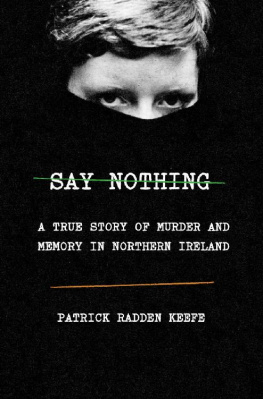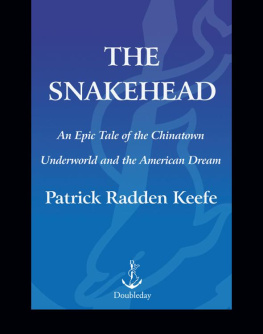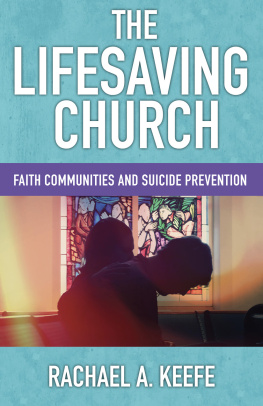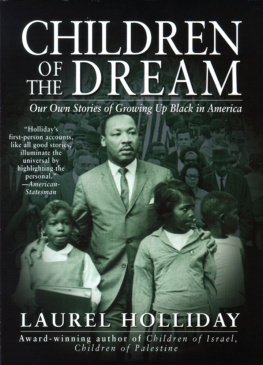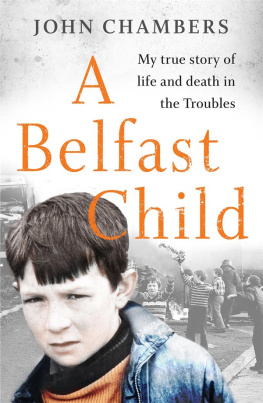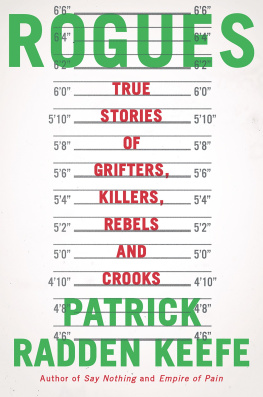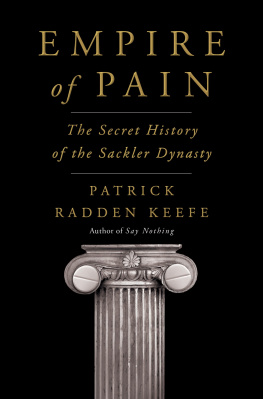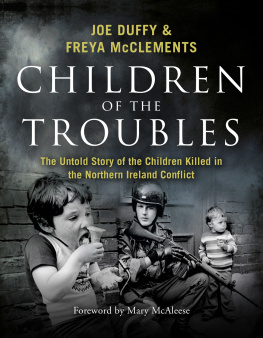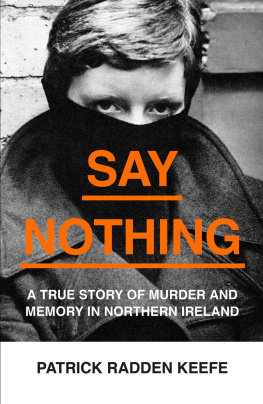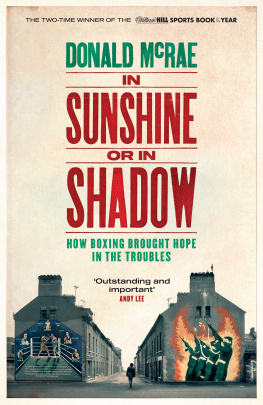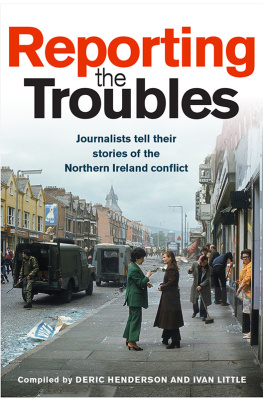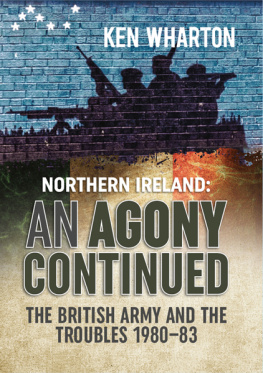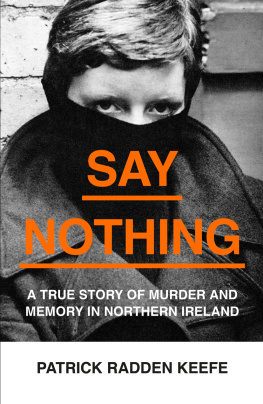THE JOHN J. BURNS LIBRARY occupies a grand neo-Gothic building on the leafy campus of Boston College. With its stone spires and stained glass, it looks very much like a church. The Jesuits who founded the university in 1863 did so to educate the children of poor immigrants who had fled the potato famine in Ireland. As Boston College grew and flourished over the next century and a half, it maintained close ties to the old country. With 250,000 volumes and some sixteen million manuscripts, the Burns Library holds the most comprehensive collection of Irish political and cultural artifacts in the United States. One of its librarians, years ago, was sent to prison after he was caught trying to sell to Sothebys a tract by Saint Thomas Aquinas that was printed in 1480. The library developed such a reputation for purchasing valuable antiquities that a subsequent director once had to call the FBI himself, when an Irish grave robber tried to sell him looted tombstones bearing ancient Latin crosses and intricate rings and inscriptions.
The rarest and most valuable objects in the Burns Library are kept in a special enclosure known as the Treasure Room. It is a secure space, exactingly climate-controlled and outfitted with a state-of-the-art fire suppressant system. The room is monitored by surveillance cameras and can be accessed only by entering a code on an electronic pad and turning a special key. The key must be signed out. Only a select handful of people can do so.
One summer day in 2013, two detectives strode into the Burns Library. They were not Boston detectives. In fact, they had just flown into the country from Belfast, where they worked for the Serious Crime Branch of the Police Service of Northern Ireland. Passing beneath colorful stained glass windows, they approached the Treasure Room.
The detectives had come to collect a series of secret files that for nearly a decade had been stored in the Treasure Room. There were MiniDiscs containing audio recordings, as well as a series of transcripts. The librarians at Boston College might have saved the detectives a trip by just sending the files to Belfast in the mail. But these recordings contained sensitive and dangerous secrets, and when they took possession of the material, the detectives handled it with the utmost care. The recordings were now officially evidence in a criminal proceeding. The detectives were investigating a murder.
1
AN ABDUCTION
JEAN McCONVILLE WAS THIRTY-EIGHT when she disappeared, and she had spent nearly half her life either pregnant or recovering from childbirth. She brought fourteen children to term and lost four of them, leaving her with ten kids who ranged in age from Anne, who was twenty, to Billy and Jim, the sweet-eyed twins, who were six. To bear ten children, much less care for them, would seem like an impossible feat of endurance. But this was Belfast in 1972, where immense, unruly families were the norm, so Jean McConville wasnt looking for any prizes, and she didnt get any.
Instead, life dealt her an additional test when her husband, Arthur, died. After a grueling illness, he was suddenly gone and she was left alone, a widow with a meager pension but no paying job of her own and all of those children to look after. Demoralized by the magnitude of her predicament, she struggled to maintain an even emotional keel. She stayed at home mostly, leaning on the older kids to wrangle the younger ones, steadying herself, as if from vertigo, with one cigarette after another. Jean reckoned with her misfortune and endeavored to make plans for the future. But the real tragedy of the McConville clan had just begun.
The family had recently moved out of the apartment where Arthur spent his final days and into a slightly larger dwelling in Divis Flats, a dank and hulking public housing complex in West Belfast. It was a cold December and the city was engulfed in darkness by the end of the afternoon. The stove in the new apartment was not hooked up yet, so Jean sent her daughter Helen, who was fifteen, to a local takeaway restaurant for a bag of fish and chips. While the rest of the family waited for Helen, Jean drew a hot bath. When you have young children, sometimes the only place you can find a moment of privacy is behind a locked bathroom door. Jean was small and pale, with delicate features and dark hair that she wore pulled back from her face. She slipped into the water and stayed there. She had just gotten out of the bath, her skin flushed, when somebody knocked on the front door. It was about 7:00. The children assumed it must be Helen with their dinner.
But when they opened the door, a gang of people burst inside. It happened so abruptly that none of the McConville children could say precisely how many there wereit was roughly eight people, but it could have been ten or twelve. There were men and women. Some had balaclavas pulled across their faces; others wore nylon stockings over their heads, which twisted their features into ghoulish masks. At least one of them was carrying a gun.
As Jean emerged, pulling on her clothes, surrounded by her frightened children, one of the men said, gruffly, Put your coat on. She trembled violently as the intruders tried to pull her out of the apartment. Whats happening? she asked, her panic rising. That was when the children went berserk. Michael, who was eleven, tried to grab his mother. Billy and Jim threw their arms around her and wailed. The gang tried to calm the children, saying that they would bring Jean backthey just needed to talk to her; she would be gone for only a few hours.
Archie, who, at sixteen, was the oldest child at home, asked if he could accompany his mother wherever she was going, and the members of the gang agreed. Jean McConville put on a tweed overcoat and a head scarf as the younger children were herded into one of the bedrooms. While they were ushering the children away, the intruders spoke to them, offering blunt assurancesand addressing them by name. A couple of the men were not wearing masks, and Michael McConville realized, to his horror, that the people taking his mother away were not strangers. They were his neighbors.

